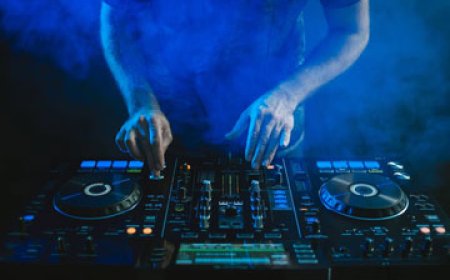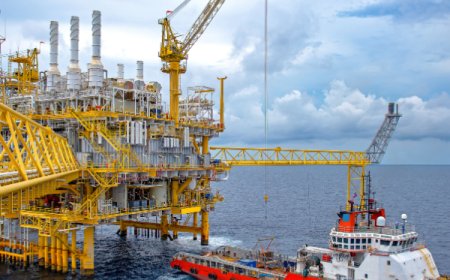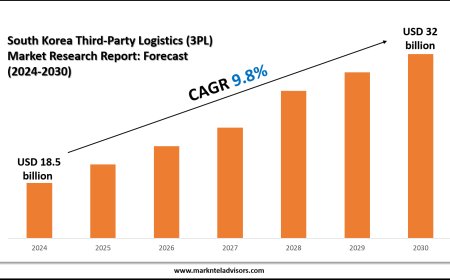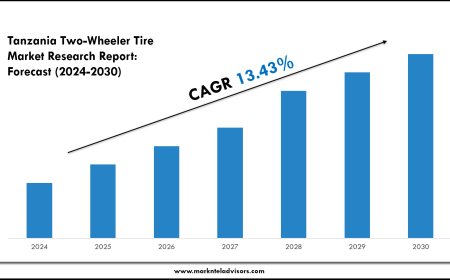Understanding Modern Executive Table Design: A New Era of Office Aesthetics
The workplace is evolving rapidly, and so is the furniture within it. Among the many elements that define a professional and productive work environment, the executive table design stands out as both a functional centerpiece and a statement of authority. In todays dynamic corporate world, the design of an executive table reflects not only ones position but also their personality, work style, and the overall aesthetic of the office. Gone are the days of bulky, traditional tables; the modern executive seeks a workspace that is sleek, ergonomic, technologically integrated, and visually appealing. A well-designed executive table can foster better focus, support posture, and enhance productivity. But more than anything, it adds to the ambiance of a contemporary office, influencing impressions during meetings and maintaining a tone of professionalism and success.
Key Elements That Define Great Executive Table Design
When choosing or conceptualizing a new executive table, several factors need to be considered to ensure it meets both functional and aesthetic needs. Firstly, size is crucial. An executive table must be spacious enough to accommodate laptops, paperwork, and office essentials without appearing cluttered. However, it should also fit proportionally within the room to avoid making the space feel congested. The shape of the table plays a big role toowhile rectangular tables remain a popular choice due to their classic appeal, L-shaped and U-shaped tables are increasingly favored for offering more surface area and better spatial utilization.
Material selection is another vital component of executive table design. Wood continues to be the most preferred material because of its durability and timeless appeal. However, modern materials like tempered glass, metal, and engineered wood laminates are gaining traction for their ability to combine strength with minimalism. The finishwhether glossy, matte, or texturedshould align with the offices overall interior design theme, be it industrial, minimalist, or luxe.
Ergonomics and Functionality in Executive Table Design
An impressive executive table isn't only about how it looksits also about how it supports the person using it. A truly modern executive table design must account for ergonomics. The height should align with standard chair sizes to ensure comfort during long hours. There must be ample legroom, and the surface should encourage proper posture and wrist alignment, especially for those who use computers extensively.
Furthermore, cable management features have become indispensable. With multiple devices like monitors, laptops, printers, and phones in play, an executive table with integrated cable trays and power access points helps maintain a clean and organized look. Drawers, storage units, and side cabinets also contribute significantly to the functionality. Executives often handle confidential documents, gadgets, and personal itemssecure, lockable compartments are a must. Modern designs also incorporate smart features such as wireless charging ports and built-in USB hubs to make work seamless and tech-friendly.
Aesthetic Trends in Executive Table Design
In terms of visual appeal, executive tables have come a long way from the oversized wooden desks of the past. Todays design language emphasizes clean lines, minimalist silhouettes, and premium finishes. Neutral tones like grey, black, walnut, and white are favored for their ability to blend with varied office decors. Matte black tables paired with brushed steel or gold accents offer a touch of sophistication that appeals to modern tastes.
Designers are also experimenting with mixing materialswood and metal combinations, glass and stone inlays, or even concrete-inspired laminatesto give executive tables a distinct personality. Customization is another rising trend. Businesses are opting for bespoke table designs tailored to the executives role, work style, and even branding, such as subtle engravings or color accents that reflect the company logo or theme.
Additionally, sustainable design is becoming increasingly relevant. Eco-conscious executives now prefer furniture crafted from recycled or responsibly sourced materials. Tables with VOC-free finishes and recyclable components not only appeal to environmental values but also contribute to healthier indoor air quality.
How Executive Table Design Impacts Productivity and Culture
An overlooked but critical aspect of executive table design is its impact on workplace productivity and company culture. The tables presence sets the tone for the executives workspace. A chaotic, disorganized desk can signal poor time management or lack of control, while a sleek, well-maintained one communicates professionalism and efficiency. It also influences how employees and visitors perceive the executives status and authority.
From a psychological perspective, having a well-designed workspace fosters a sense of ownership, which in turn motivates executives to perform better. It can also serve as a focal point for brainstorming sessions, client meetings, and strategic discussions, making the quality of design a key factor in leadership performance.
Moreover, by choosing designs that are contemporary yet respectful of traditional craftsmanship, companies can strike a balance between innovation and legacy. This balance often reflects in the organizational culture, promoting values like respect, innovation, and attention to detail.
Choosing the Right Executive Table Design for Your Needs
The process of selecting the ideal executive table involves evaluating current and future needs. Start by identifying the primary purposewill the table mainly serve as a personal workstation, a meeting desk, or both? Will it be used for solo tasks, or should it facilitate collaboration? These answers can guide the selection of features like size, storage, and layout.
Its also important to factor in the nature of the business. A creative director might prefer a more avant-garde, colorful table, while a finance executive may opt for something classic and authoritative. Take time to assess what inspires productivity and aligns with professional identity.
Budget plays a role, but investing in quality always pays off. Cheap furniture tends to wear quickly, while high-quality materials and craftsmanship can last for decades. Also consider maintenancesome materials require regular upkeep, while others are designed to resist stains, scratches, and wear.
The Future of Executive Table Design
As workplaces become more hybrid and adaptive, executive table design is expected to evolve further. We are likely to see more modular designs that can be reconfigured as needs change. Height-adjustable tables that allow for standing and sitting work modes are also becoming more common. Technology will continue to integrate deeper into design, with smart sensors, embedded screens, and even AI-assisted workspace management tools on the horizon.
Designers are likely to focus more on wellness, incorporating biophilic elements such as built-in plant holders or natural wood finishes that contribute to mental well-being. The executive table of the future will not just be a piece of furnitureit will be an intelligent, adaptive partner in the workplace ecosystem.
Conclusion
In the ever-evolving world of modern offices, the executive table design plays a vital role in defining professionalism, comfort, and efficiency. Its no longer just a deskits a reflection of leadership, style, and innovation. As professionals become more discerning, the demand for customized, ergonomic, and aesthetically pleasing executive tables will continue to rise. Whether youre redesigning a home office or furnishing a corporate suite, investing in the right design will not only elevate your workspace but also enhance your daily performance. For premium quality and stylish solutions, Office furniture offers designs that marry elegance with practicality, making them the ideal choice for todays executives.
































